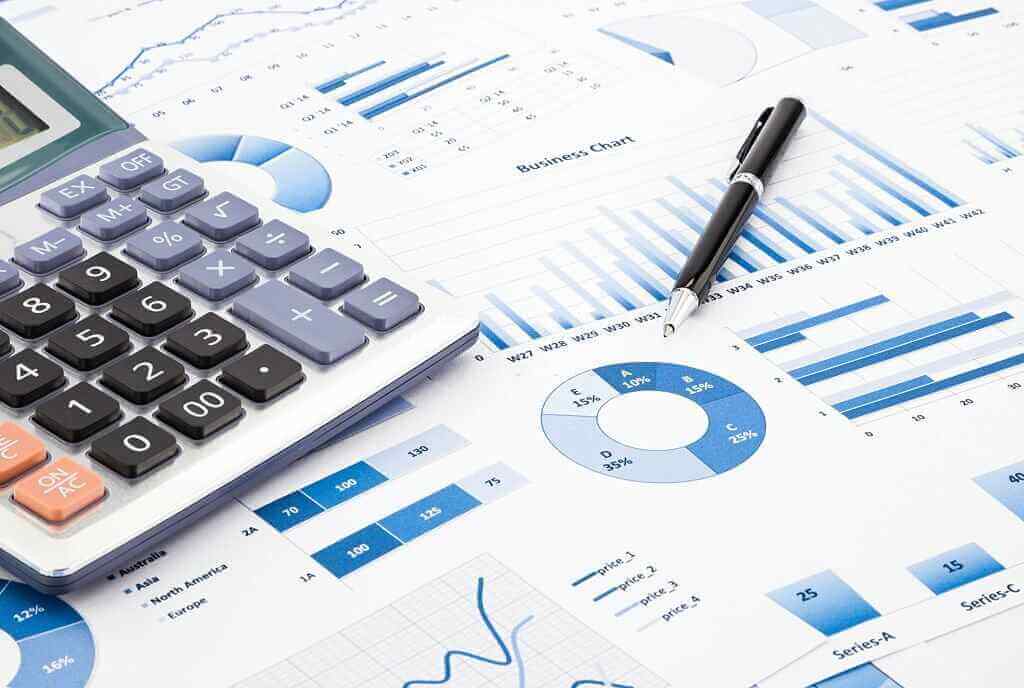In an era where data is the core of most decision-making processes, understanding different methods of analysis and presentation is essential. One of the valuable tools in this sphere is a histogram chart. What are histogram charts?
Histogram charts are like a secret language that, once deciphered, can give you a better perspective on your data. Keep reading to understand what these charts hold for you and your business.
Contents
Understanding The Concept of Histogram Charts
Before we go any further, let’s first address the basics: what are histogram charts? In its simplest definition, a histogram chart is a way of visually representing numerical data distribution. It involves segregating data into specific ranges, also known as “bins” and then plotting the numbers based on their frequency. A histogram looks a lot like a bar chart, but there’s a significant difference.
While bar charts represent categories of data, a histogram represents numerical data along a continuous scale. It helps you understand how your data is distributed, making the visualization easier even for a non-statistician.
The Importance of Histogram Charts In Business Analytics
The world of business is becoming increasingly reliant on analytics and data. Companies are exploring new ways to understand consumers, markets, trends, and strategies, and histogram charts have proved to be a valuable asset in this endeavor. Histogram charts are especially crucial in scenarios where data distribution is significant. They help in identifying patterns, spotting outliers, and most importantly, understanding the overall overview of the dataset.
These charts can help a business evaluate performance, analyze customer behavior, and make informed decisions. Furthermore, they are particularly useful for showcasing data in meetings or presentations, where they provide a quick and easy way of understanding complex information. The importance of histogram charts stems from their ability to turn raw data into something meaningful, actionable, and visually appealing.
How Using Histograms Can Help To Analyze Business Data
Histogram charts can provide a wealth of information about business data. From identifying patterns to making comparisons, these charts prove to be of great assistance. By visualizing data distributions, histograms can expose variables that might be affecting business performance. Whether that’s an unusually high number of customer complaints or a sudden drop in sales, these findings can aid in uncovering the root causes.
Moreover, histograms can help assess the success of marketing campaigns by visually demonstrating customer response rates. They can also help to gauge the effectiveness of operational changes by displaying changes over time. The information revealed through these charts is actionable, directing business owners and managers toward crucial decision-making processes.
Practical Ways Businesses Can Leverage Histogram Charts

Histogram charts can be employed in various ways to gain insights into business operations. They can be utilized to track and analyze everything ranging from sales and revenues to customer behavior and satisfaction rates. A retailer, for example, can use histograms to analyze busy periods, high-demand products, and customer shopping habits.
Another use could be identifying and rectifying process outliers in quality control. Furthermore, businesses can use histogram charts to route their marketing strategies. Understanding customer response to promotions, new products, or services offers invaluable insights into how the market perceives your brand. By leveraging histogram charts, business leaders can shape their strategic directions and drive their organizational growth sustainably.
Conclusion
Overall, histogram charts offer a valuable tool to visualize and understand data. Their multitude of uses makes them an invaluable tool for businesses striving to leverage data for success.




